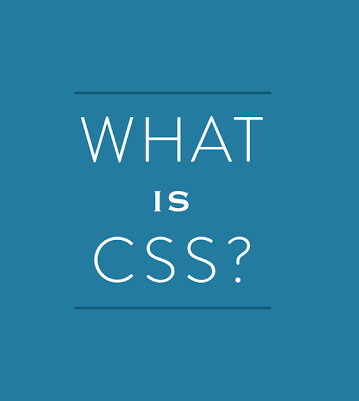Here’s a short roadmap for learning CSS:
- Basic CSS: Start with understanding selectors, properties, and values to style HTML elements.
- Box Model: Learn how the box model works, including margin, padding, border, and content.
- Layout: Dive into CSS layout techniques like display, positioning, and floats.
- Flexbox: Master CSS Flexbox for creating flexible one-dimensional layouts.
- Grid: Learn CSS Grid to create two-dimensional layouts with precise control.
- Responsive Design: Understand media queries and how to make your designs responsive to different screen sizes.
- CSS Preprocessors: Explore tools like Sass or Less to enhance CSS development.
- CSS Frameworks: Familiarize yourself with popular CSS frameworks like Bootstrap or Foundation.
- Animations and Transitions: Learn to create CSS animations and transitions for interactive web elements.
- CSS Variables: Understand CSS custom properties (variables) for more maintainable styles.
- CSS-in-JS: Explore methods like Styled Components for integrating CSS with JavaScript.
- CSS Methodologies: Consider using BEM, SMACSS, or other methodologies for scalable and maintainable CSS code.
- Browser Developer Tools: Become proficient in using browser developer tools for debugging and experimenting with CSS.
- Performance Optimization: Learn techniques for optimizing CSS for faster page loading.
- Cross-Browser Compatibility: Ensure your CSS works well on various web browsers by testing and using polyfills when necessary.
- Version Control: Understand how to manage CSS files using version control systems like Git.
- Accessibility: Learn about creating accessible CSS and adhering to web accessibility guidelines.
- CSS3 Features: Explore advanced CSS3 features like gradients, transitions, and transformations.
- CSS Architecture: Study scalable and maintainable CSS architectures and design patterns.
- Practice and Projects: Apply your knowledge by working on real projects and experimenting with different CSS techniques.
Remember that CSS is a continuously evolving technology, so staying up to date with the latest CSS features and best practices is crucial for becoming a proficient front-end developer.






